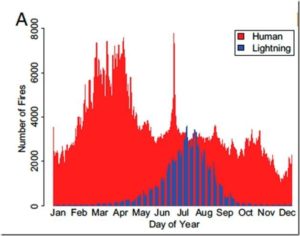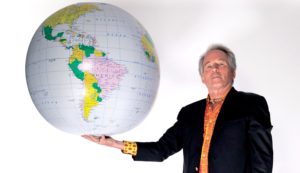by David L. Debertin, November 9, 2019 in WUWT
California again easily could become one of the top three fossil fuel producing states in the nation, but the largely liberal state has made drilling for fossil fuels within the state very difficult if not impossible. So the drillers have wisely looked elsewhere for locations that pose less of a political burden. North Dakota and its leaders welcomed the drillers. The result is tax dollars flowing into the state treasury from a variety of oil-related taxes levied not only on the drillers, but on individuals receiving mineral royalty income. In the past dozen years or so this has meant that taxpayers outside the oil producing counties have seen state-level taxes drop and the state can pursue projects that benefit the residents in a host of different ways simply by using funds that would not have been available had the drilling not occurred.
The new revenue coming into New Mexico as a result of recent oil drilling on the New Mexico side of the Permian basin via fracked oil wells is a more recent phenomena, only about 3-years old. The dilemma is that New Mexico has long been left-leaning politically whereas North Dakota has been a right-leaning state. Left-leaning politicians when they hear about new state revenue from an unexpected source generally think about new government program benefiting certain favored groups (maybe the younger voters who tend to favor left-leaning politicians) rather than lowering other taxes (sales, income) that would benefit a broader base of residents both young and old. Hence, we have the New Mexico idea of offering free college tuition to the state’s residents using oil-related tax revenue.
…










